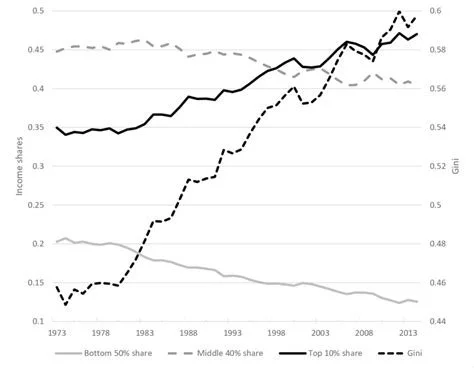How To Write Anything
There is nothing to writing. All you do is sit down at a typewriter and bleed. —Ernest Hemingway
Writing is like driving a car at night: you never see further than your headlights, but you can make the whole trip that way. —E.L. Doctorow
Above: You, upon reading and applying what follows.
Like most things in this adventure we call life, writing is simple but not easy.
A piece of writing is like a Russian nesting doll, every single component plays a role and builds upon itself.
Thoughts become sounds.
Sounds become letters.
Letters become words.
Words become sentences.
Sentences become paragraphs.
Paragraphs become chapters.
Chapters become books.
Simple, sure, but true intellectual torture when taken seriously. As I put in a previous piece:
Thomas Hobbes’ description of life could equally apply to writing. It is indeed “solitary, poor, nasty, brutish, and short.” To that list, I would add: unpleasant, burdensome, enervating.
The process of writing is roundabout, clunky, and halting. The lopsided nature of the input (the grueling exertion) versus the output (the delicate page) is comically unjust.
Extracting the perfect word from the recesses of the subconscious is similar to pulling gum from one’s hair: all pain, little progress. It is excruciating, awkward, and leads to its fair share of stomping and shouting. Frustrated and lost, the writer inevitably turns to omniscient, omnipresent Google to find synonyms and etymologies that satiate the itch of ideation. Alas, it’s no good googling an inkling or a feeling.
In many ways, it’s a practice chock full of paradoxes. For instance:
I don’t like writing, but I love having written.
I despise the blank page, but love the finished product.
I don’t want to write, but I need to.
I don’t know what I think until I’ve seen what I’ve written.
Hard won clarity only emerges after clumsy, chaotic struggle.
That’s all well and good, however, a good writer shows, rather than tells. More, he doesn’t spare similes or mince metaphors; instead he inundates with abundant analogies.
To that end, writing is a lot like marksmanship: If you aim small, you miss small.
However, every sharpshooter needs a target. If you don’t have one, it's impossible to know what you're trying to hit.
What follows can help would-be scriveners make sense of writing’s strange calculus by working backwards from a set solution.
To wit, let these questions act as signposts:
Who is my ideal reader?
What is my intent and end state?
Answering these two questions authentically and thoroughly will help you turn muddled thought into crisp text.
Who is my ideal reader?
Warren Buffett provides a terrific example. Buffett’s annual letter to Berkshire Hathaway shareholders is considered a must-read for investors. He aims to make the letter accessible as well as informative, and he’s careful not to include too much jargon.
To keep it readable, he writes the letter as if he’s talking to his two sisters.
“It’s ‘Dear Doris and Bertie’ at the start and then I take that off at the end,” Buffett once said on Squawk Box.
This writing strategy helps produce insights that are universally applicable and accessible, wisdom that nearly anyone can understand.
Take five minutes to envision your ideal reader and write his/her name atop your draft. When stuck or in doubt, imagine you’re writing just for them.
What is my intent and end state?
In writing, clarity leads to velocity. This framework ensures you’re pointed in the right direction before you stomp in the gas. It’s vital to set aside ten to fifteen minutes to jot down your own True North so that you don’t get lost (on the way or in translation).
Take this formula to heart: Objective = Clear Intent + Defined End State
Many people stop at the former (the what or thesis — e.g. AI will have a net positive impact on humanity over the next thirty years.) at the expense of the latter (the why/how/takeaway) — how you want people to feel/what you want them to do upon reading your words (e.g. your piece inspires young people to sink their teeth into AI studies and advocate for meaningful, coherent policy to advance AI’s promise).
When well done, the above formula clearly articulates why your objective is important (the intent) and what it will look like once it is achieved (the end state).
People won’t remember what you say but they’ll remember how you made them feel. That’s the end state we’re after.
It’s said that if you know where you’re going, you’re more likely to get there.
Think of the answers these questions elicit as helpful signposts on the journey to your desired destination: clarity, cogency, and concision.
Relying upon their guidance shifts writing from generation to triangulation, from creation to organization.
By doing so, it makes penning the perfect phrase a hell of a lot easier.
Write often, write well, and write on!







